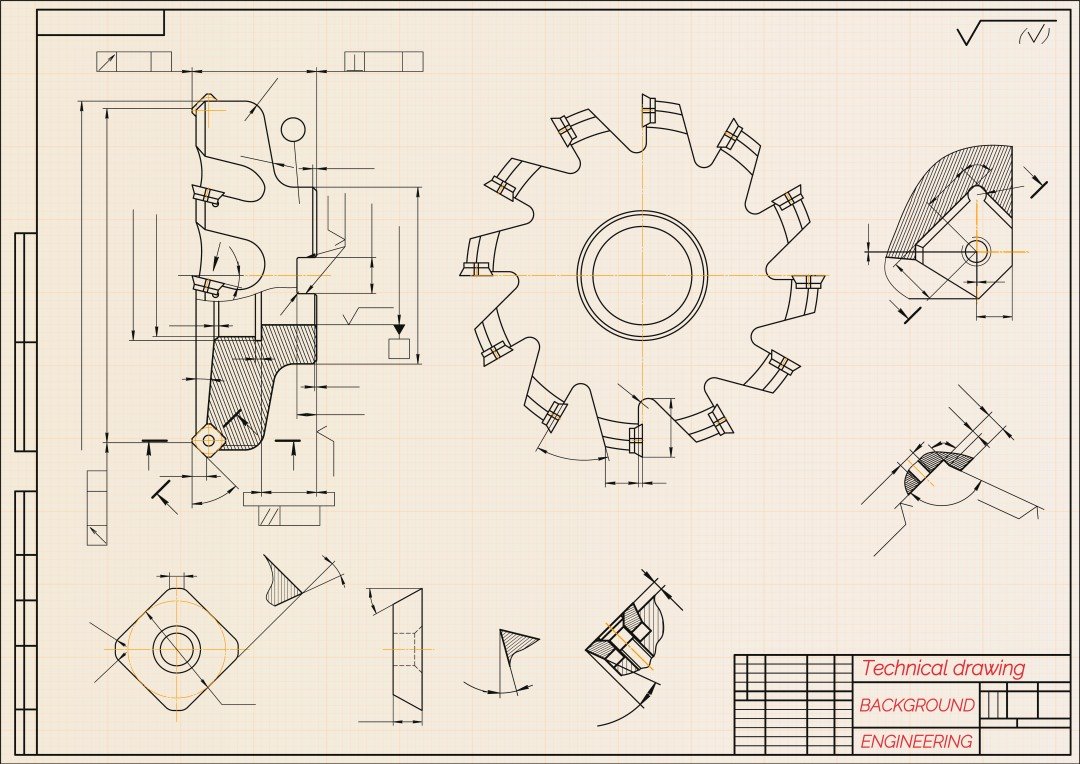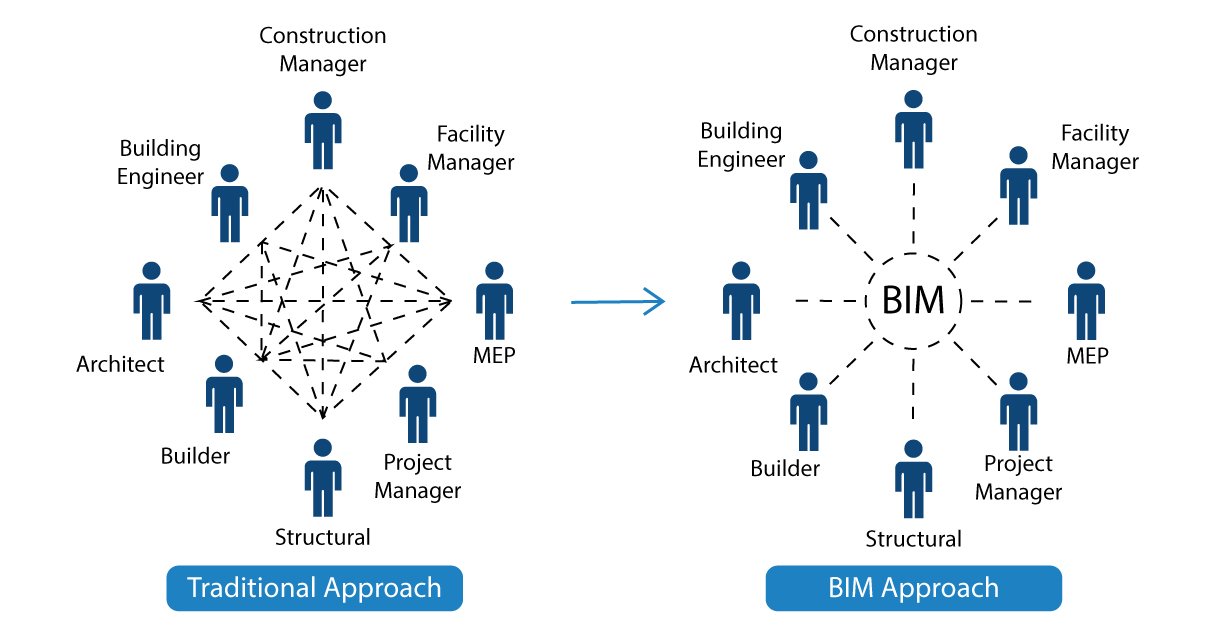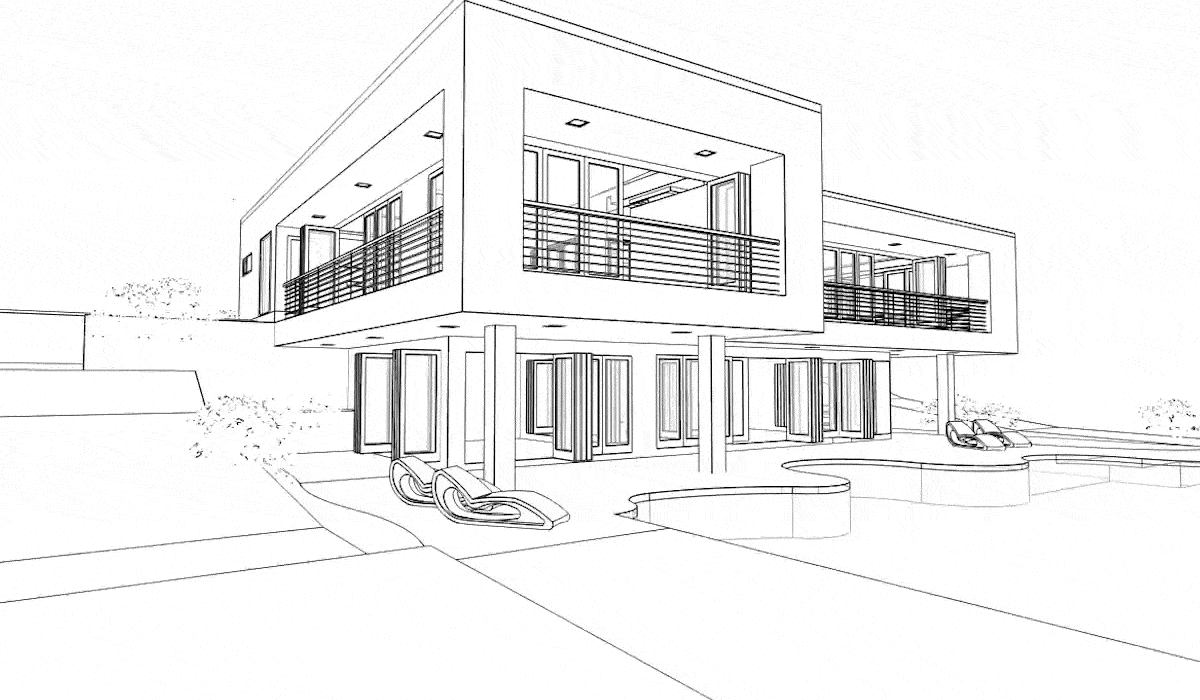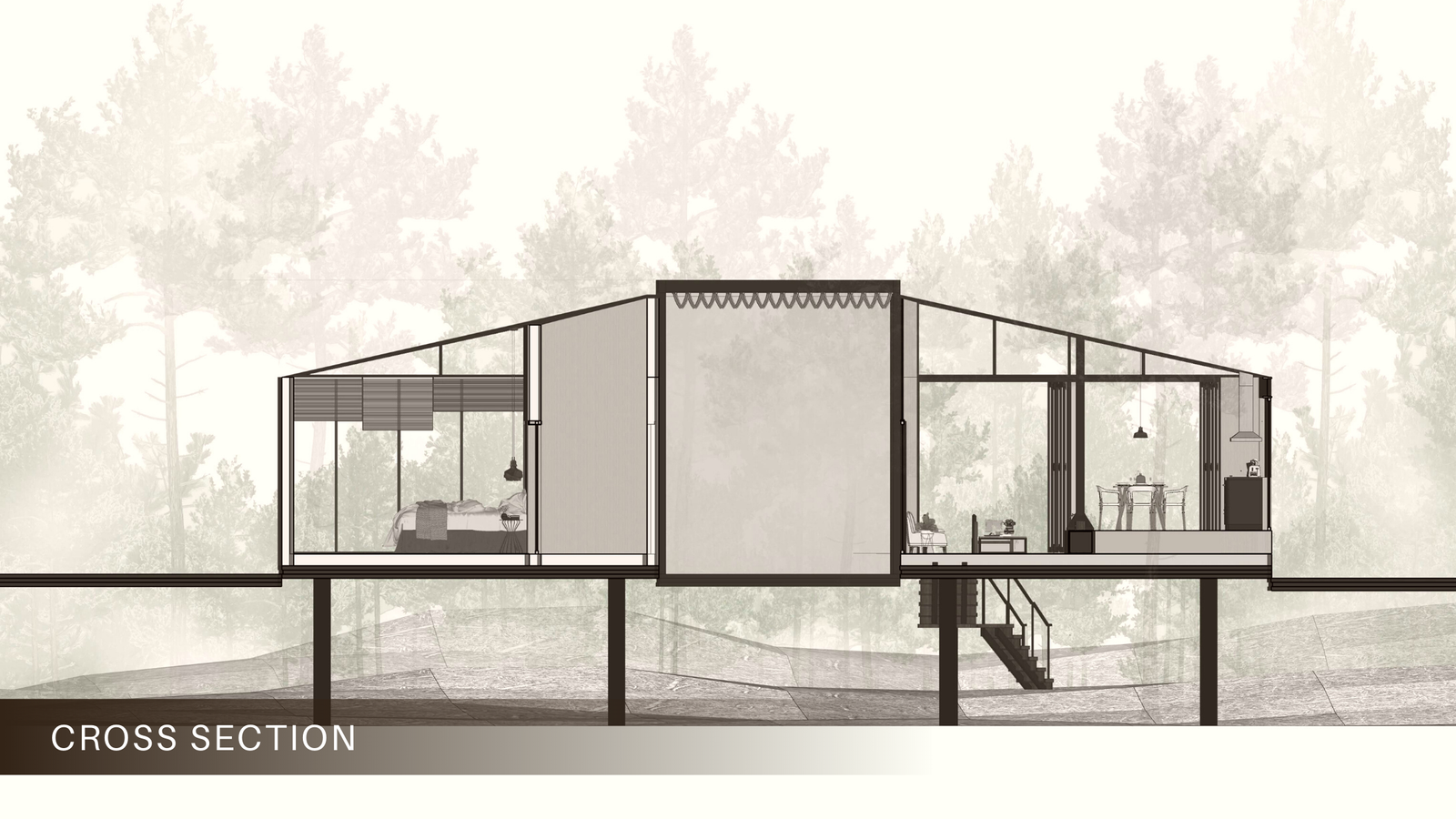In today’s digital landscape, the way we build and manage frontend architecture is undergoing significant transformation. Monolithic frontend implementation is gradually being replaced, and the concept of micro frontend architecture takes the lead. This blog about what micro frontend architecture is, why it is becoming popular, and how you can successfully do it, specifically how Getra Innovation can help businesses leverage this approach.
What is Micro Frontend Architecture?
Micro frontend architecture is a patterning technique that involves creating micro front ends which are a part of the application front-end that can be built, released, and updated independently. Like in microservices where there are backend developers, micro frontends enable different teams to work on different sections of the user frontend at the same time, without disturbing each other.
Key Components of Micro Frontend Architecture
- Modularity: The primary idea in micro frontend architecture is to decompose the UI into singular components to function independently.
- Independence: It is a modular design, thus each of the modules will run, and function on its own; this makes it possible to code, test, and deploy this program with each module being independent of the others.
- Integration: At the same time, these modules are independent of each other and have to work together cohesively when used by the end user.
- Technology Agnostic: It means that almost any technology can be used in micro frontends as long as the teams ensure that their chosen technologies implement the agreed-upon interfaces.
Advantages of Using Micro Frontend Architecture:
Micro frontend architectures bring several benefits compared to conventional monolithic frontend implementations, which is why they are being considered at the present stage as one of the best solutions for developing web applications.
1. Scalability
Out of all the advantages that come with using the micro frontend structure, one of the most important is scalability. Since it is being used by businesses of different sizes, its applications must also be able to expand as the firms do. Micro frontend allows you to scale parts of your application while remaining isolated from the rest of the application. To elaborate, Micro frontend is an excellent architectural design strategy that can assist you in the implementation to adhere to the future expansion of your application.
2. Team Autonomy
Since micro frontend architecture can be implemented in a way that each team can work separately without seeing the rest of the teams’ work, it enables them to work on different parts of the application. This independence means that specific project phases can be executed at a quicker pace because they are not waiting for other teams’ progress. For companies that deal with Getra Innovation, this means reduced time to market and a better need for a fast changing market.
3. Flexibility in Technology
Because these micro frontends do not rely on a single system, the teams can use the suitable tools and technology for the project. This way, whether it is a new javascript framework or a specific styling library, teams can shift and innovate without being held back by a monolithic setting. Getra Innovation also has the direction on how to choose the most suitable micro frontend framework for your project in order to enhance the developers’ ease in development.
5. Improved Maintainability
Thus, if the frontend is divided into parts, its further maintenance becomes less problematic. Each of them can be updated or substituted without intervention to other portions of the structure, which minishes the probability of large-scale disturbances.
How to Implement Micro Frontend Architecture
Implementing micro frontend architecture requires careful planning and execution. Here’s a step-by-step guide to help you get started:
1. Define the Scope and Boundaries
The first activity is to determine the various micro frontend or modules that constitute your application. Ensure that there is a scope of each of the proposed modules that are neither too large to be controlled independently nor too small to be problematic to integrate. Depending on the specifics of your application,
2. Select the Best Micro Frontend Framework
Choosing the right micro frontend framework can be the key to success when using this practice. Some popular frameworks include:
- Single-SPA: Allows applications to use a number of frameworks irrespective of how complex the frames may be.
- Module Federation: Webpack 5 includes this framework in its components that is used for sharing modules in your application.
3. Establish flexible development environments
Ideally each micro frontend should have their own build and deployment pipelines and hence its own development environment. In this arrangement teams are able work on activities that are assigned to them without interference. Getra Innovation can assist to build such environments, so micro frontends would interconnect with each other without problems.
4. Implement Cross-Module Communication
However, they don’t make up a large monolith, which is the key point of micro frontend; micro frontends also require communication. There is a need to establish good flows of communication between the developed modules. The news can be shared with other users via shared state management systems, custom events, or APIs.
5. Test and Deploy Incrementally
Testing and deployment are one of the significant strategies in the micro frontend architecture. Every module must be tested individually before integrating with other modules that are part of the main application. When new updates are deployed incrementally then changes can be made in stages and this minimizes major overhauls. Micro frontends also implemented a testing plan by the Getra Innovation that covers all the parts of the project, significantly reducing the potential impact of mistakes on software availability.
Challenges and Considerations
All in all, micro frontend architecture has numerous advantages but at the same time, it has some disadvantages as well.
1. Complexity
A large number of micro frontends can lead to the growth of the total level of application complexity. This entails a proper version management, the best integration procedure, and efficient communication between the teams.
2. Performance
One of the examples of drawbacks is the performance; as micro frontends are loaded independently, the loading time might be affected. These problems can be solved by applying fast loading and optimising the delivery of the assets.
3. Consistency in User Experience
The micro frontend concept can also have the disadvantage that a consistent user experience throughout the individual micro frontends can become difficult if the individual teams work with different technologies.
Conclusion
It is for these reasons that using micro frontend architecture is considered a solid strategy for creating contemporary, extensible, and easily maintainable web applications. When the frontend is divided into more manageable chunks of features, businesses can attain greater flexibility, quicker construction time, and enhanced manageability. However, project management becomes slightly more complex, necessitating careful planning, the right tools, and substantial experience in frontend architecture, including mechanical engineering services where applicable.
Getra Innovation is at the forefront of this technological shift, offering expert guidance and support to businesses looking to adopt micro frontend architecture. Whether you’re starting a new project or looking to modernize an existing application, Getra Innovation can help you navigate the complexities of micro frontends and ensure a successful outcome.





































































